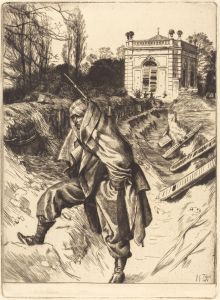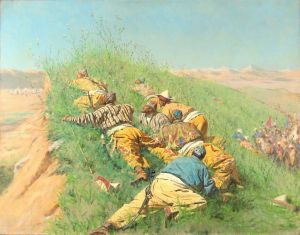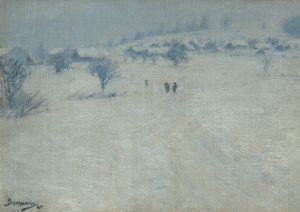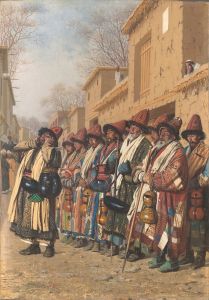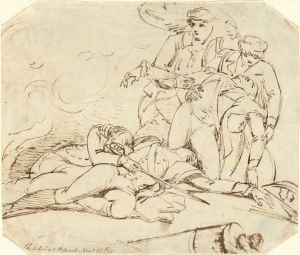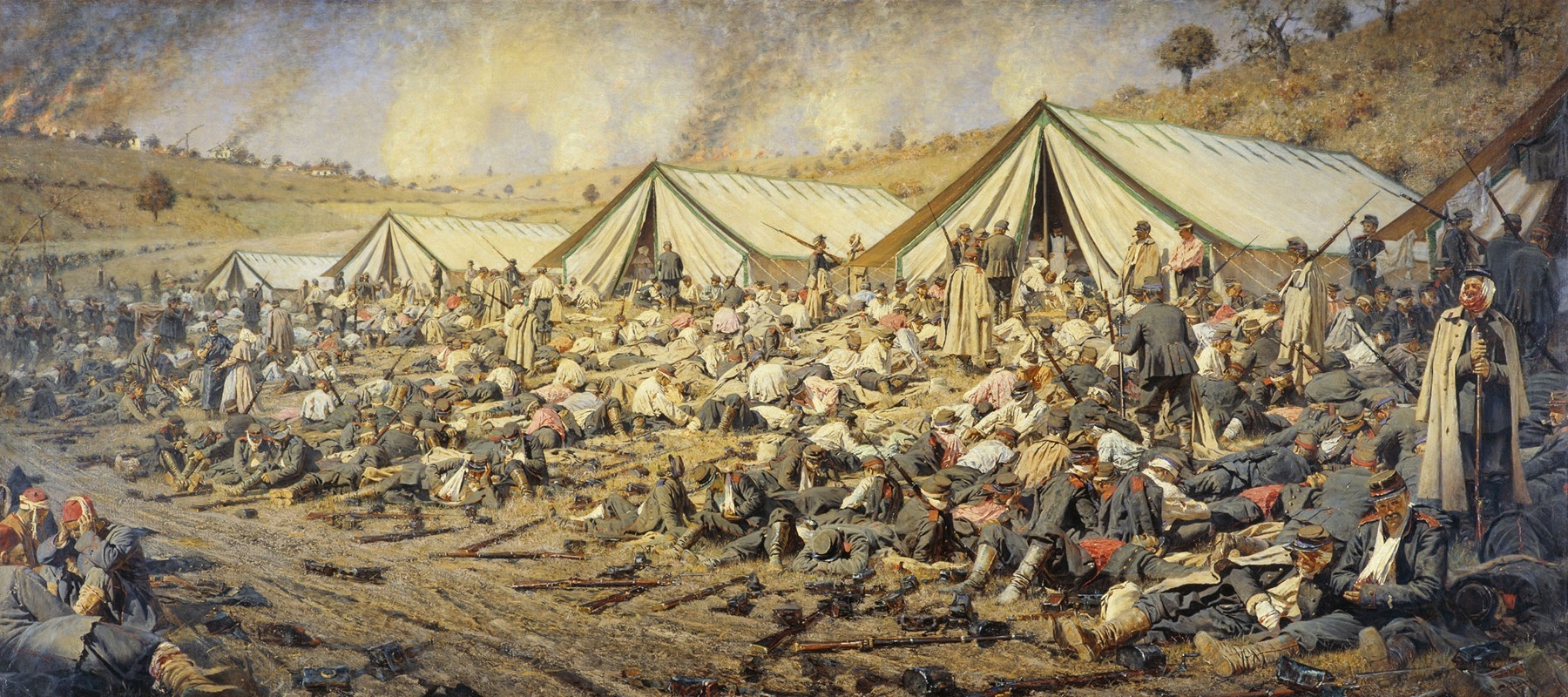
After the attack. Plevna, 1877-1878
A hand-painted replica of Vasily Vereshchagin’s masterpiece After the attack. Plevna, 1877-1878, meticulously crafted by professional artists to capture the true essence of the original. Each piece is created with museum-quality canvas and rare mineral pigments, carefully painted by experienced artists with delicate brushstrokes and rich, layered colors to perfectly recreate the texture of the original artwork. Unlike machine-printed reproductions, this hand-painted version brings the painting to life, infused with the artist’s emotions and skill in every stroke. Whether for personal collection or home decoration, it instantly elevates the artistic atmosphere of any space.
"After the attack. Plevna, 1877-1878" is a painting by the renowned Russian artist Vasily Vereshchagin, known for his realistic and often stark depictions of war. This particular work is part of Vereshchagin's series of paintings that focus on the Russo-Turkish War of 1877-1878, a conflict fought between the Ottoman Empire and the Eastern Orthodox coalition led by the Russian Empire. The war was primarily fought over the territories in the Balkans and the Caucasus, and it was marked by significant battles, one of the most notable being the Siege of Plevna.
The Siege of Plevna was a crucial and bloody confrontation during the war, taking place in the town of Plevna (now Pleven, Bulgaria). It lasted from July to December 1877 and involved a series of engagements between the Russian-led forces and the Ottoman army. The siege was characterized by its intense combat and high casualties on both sides, ultimately resulting in a Russian victory that paved the way for their advance into the Balkans.
Vereshchagin's painting captures the aftermath of one of the assaults during this siege. Known for his commitment to realism and his first-hand experience in war zones, Vereshchagin often depicted the brutal realities of conflict, eschewing romanticized or heroic portrayals. In "After the attack. Plevna, 1877-1878," he presents a somber and unflinching view of the battlefield after the fighting has ceased. The painting likely features the desolate landscape littered with the remnants of battle, including fallen soldiers and debris, conveying the grim consequences of war.
Vasily Vereshchagin was not only a painter but also a war correspondent and traveler, which allowed him to witness the events he depicted with authenticity and detail. His works often served as a commentary on the futility and devastation of war, challenging the viewer to confront the harsh realities faced by soldiers and civilians alike. This approach was both praised and criticized during his lifetime, as it diverged from the more glorified depictions of war that were common in 19th-century art.
The painting "After the attack. Plevna, 1877-1878" is part of Vereshchagin's broader oeuvre that includes other notable works such as "The Apotheosis of War" and "The Road of the War Prisoners." These paintings collectively highlight his unique perspective on the human cost of conflict and his dedication to portraying the truth as he saw it.
Vereshchagin's work had a significant impact on both art and public perception of war. His paintings were exhibited widely and sparked discussions about the nature of war and its representation in art. Today, his works are held in high regard and can be found in major museums and collections, continuing to serve as powerful reminders of the past and the enduring impact of war on humanity.





